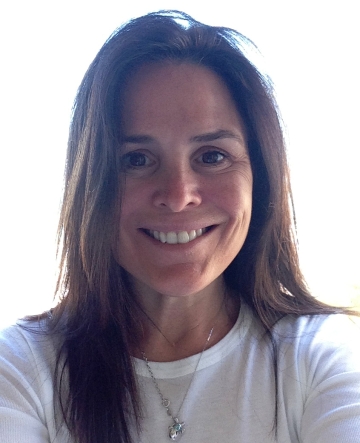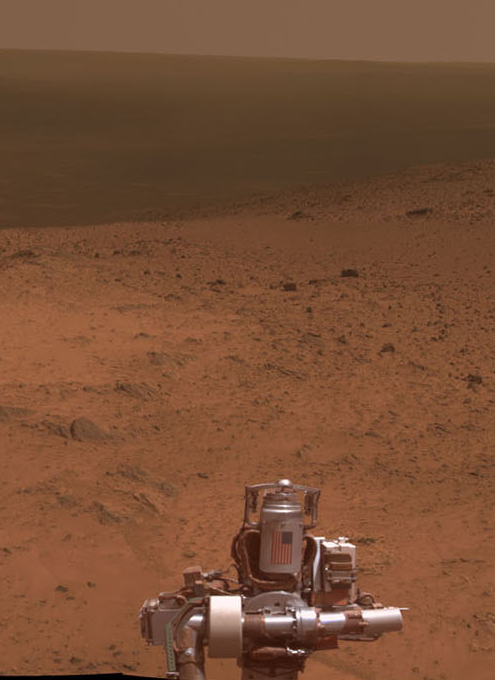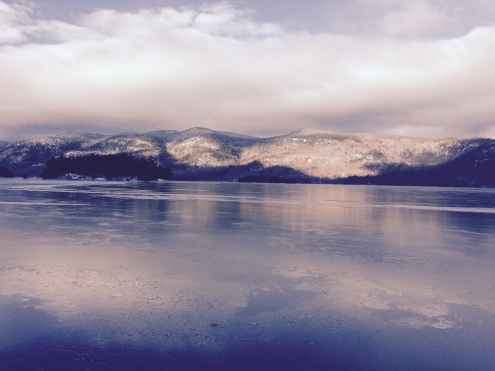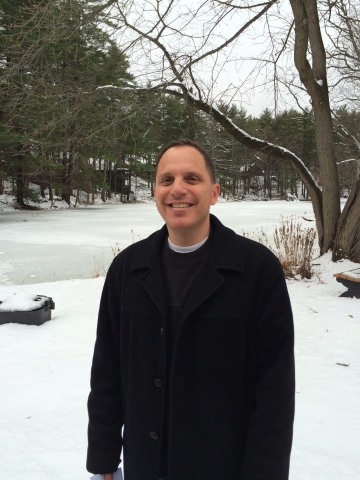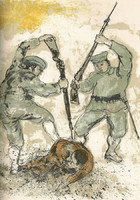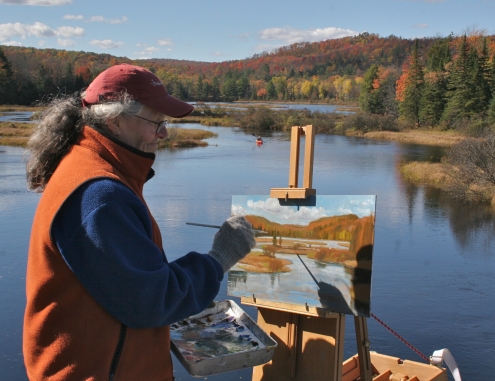
Artist, Sandra Hildreth, painting an Adirondack scene. (Photo credit: Gary Lee)
With the leaves starting to fall, I recently had a chance to interview Sandra Hildreth, who is known for her paintings and artwork which depict the Adirondacks. Below is my interview with her.
Your art captures the spirit of the Adirondacks. Could you tell us a little bit about yourself? How you came to the Adirondacks and what you try to capture in your art?
I grew up in rural Wisconsin, always playing outdoors as a child, and in a household full of art and antiques. My mother was an amateur photographer and I remember going with her to go out and photograph clouds! My family moved to Kentucky when I was in college, I finished my education there, married, and moved to northern NY when my husband joined the faculty at SUNY Potsdam. While I enjoyed the rural beauty of the St Lawrence Valley (much like Wisconsin, and I did paintings of it), I felt strongly attracted to the Adirondack Mountains. I taught high school art for 31 years and after divorcing, and my children were grown, I decided there were no reasons I shouldn’t live in the Adirondacks, so I moved to Saranac Lake in 2004. I love to hike, paddle, and ski, as well as spend time outdoors painting and I simply feel like I was meant to live here. What I try to capture in my art is just that – what I love about the Adirondack landscape. Not only the physical aspects – the forms, colors, textures, but also the qualities of rugged wilderness, and even the rich history of the area. The fact that what we see, what my paintings appear to illustrate – a vast, wild scenic landscape, was once almost lost to logging, forest fires, and increasing development. I guess I want to make people aware of the story of the Adirondacks in my paintings.
When you are painting an Adirondack scene, how do you go about creating the scene on the canvas?
I prefer, more than anything, to be outdoors, experiencing the actual place, as I recreate it on canvas. This is “plein air” painting – painting outdoors, on location – what you see, as you see it. But I put a great deal of effort into choosing where I paint – I cannot just drive down a road, park, and set up and paint. I fit all my gear into a backpack and often hike or paddle in order to find good painting spots. While I don’t always have specific things in mind, I have general things that I look for when I’m ready to do a painting. I like the beauty of the random order that nature seems to create – trees don’t grow evenly spaced, mountains aren’t perfect pyramid shapes. Good art, however, needs to be well composed – so all the elements that other artists apply to what they paint or sculpt, I look for in the landscape. Pleasing arrangements of asymmetric forms, variety – different shapes in the mountains or rocks, a harmonious range of colors, interesting textures. I often look for something strikingly unique – an interesting bend in a river, or tall snag of a dead tree. Once I choose the specific view I want to paint, I set up my easel, get my oil paints ready, and choose a canvas that will fit the composition I have in mind. Because plein air painting has to happen pretty fast, I jump right in with the paint. I mix up a neutral grey, using ultramarine blue and burnt sienna, plus some white, add some paint medium to thin it down, and I sketch in the major shapes with a brush. Then I begin blocking in the basic colors and forms until I have the canvas covered, often starting with the sky first. Once the whole canvas is painted, then I go back and add in a second layer, with more details this time, and correcting any errors I might notice. Sometimes I have to change things as the light or weather changes – that’s one of the joys of plein air painting! Painting the passage of time!
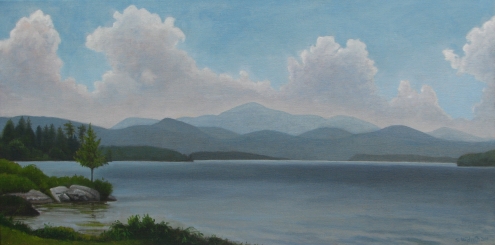
A Sandra Hildreth painting of Lake George. (Looking out from near Pilot Knob.)
Your artwork capture rocks, trees and wildlife. Can you tell us how you became interested in painting and what you enjoy most?
I’ve always loved to draw, even as a child. I visualize or sketch out things when I have problems to solve. So becoming an artist came very naturally to me, although for a career, I chose to do something with a more reliable income and became an art teacher. Now, retired from teaching, I spend much of my time outdoors – hiking, paddling, skiing or painting. Plein air painting allows me to do all these things at once! When I finish a painting, there is certainly a feeling of satisfaction. I do frame them and put them in galleries for sale, but what I value most is the experience of being outdoors painting. Painting is like meditation for me – I always feel invigorated after I’ve spent a day outdoors observing, interacting with, and painting the landscape.
How can our readers browse your artwork or get in touch with you directly?
I’m a member of the Adirondack Artists Guild, a co-op gallery in Saranac Lake, and my paintings can always be found on display there. I participate in regional juried exhibitions and plein air events. Visitors are welcome to come to my home studio/gallery in Saranac Lake, if I can be found at home! Call first! All my paintings can be seen on my web site: SandraHildreth.com or 518-891-1388.
The Adirondacks are a unique place. We’re always interested in fostering the idea of “community” through the Huletts Current. Can you tell us how your idea of community influences your art?
I believe most people live in the Adirondacks by choice – so that in itself creates a sense of community. We have chosen to live in a place that lacks a lot of the amenities that people in urban areas take for granted; we accept the fact that we will make less money, have poor cell service, slow internet, high heating bills, and have to sometimes travel long distances for certain goods or services. But look at what we get to look at! The vastness of this place and how there are many places to go where you won’t see houses, or even other people. The beauty of the wild places of the Adirondacks creates a community among the people who respect and cherish this environment. We care about the same things. In my specific community of Saranac Lake, I’ve been active on the Chamber of Commerce and the Tourism Council because I want to see my friends and neighbors prosper, yet I don’t want to see unbridled development impact the lifestyle we have here. I hope my paintings communicate the respect and value I have for the Adirondacks and instills similar feelings in others.
Thank you for taking the time to talk with us, we would like to extend an offer for you to come up and paint a scene from Huletts Landing anytime you are free. Please take us up on this offer.
Thanks for the invite to come paint – I’d love to do it sometime.
